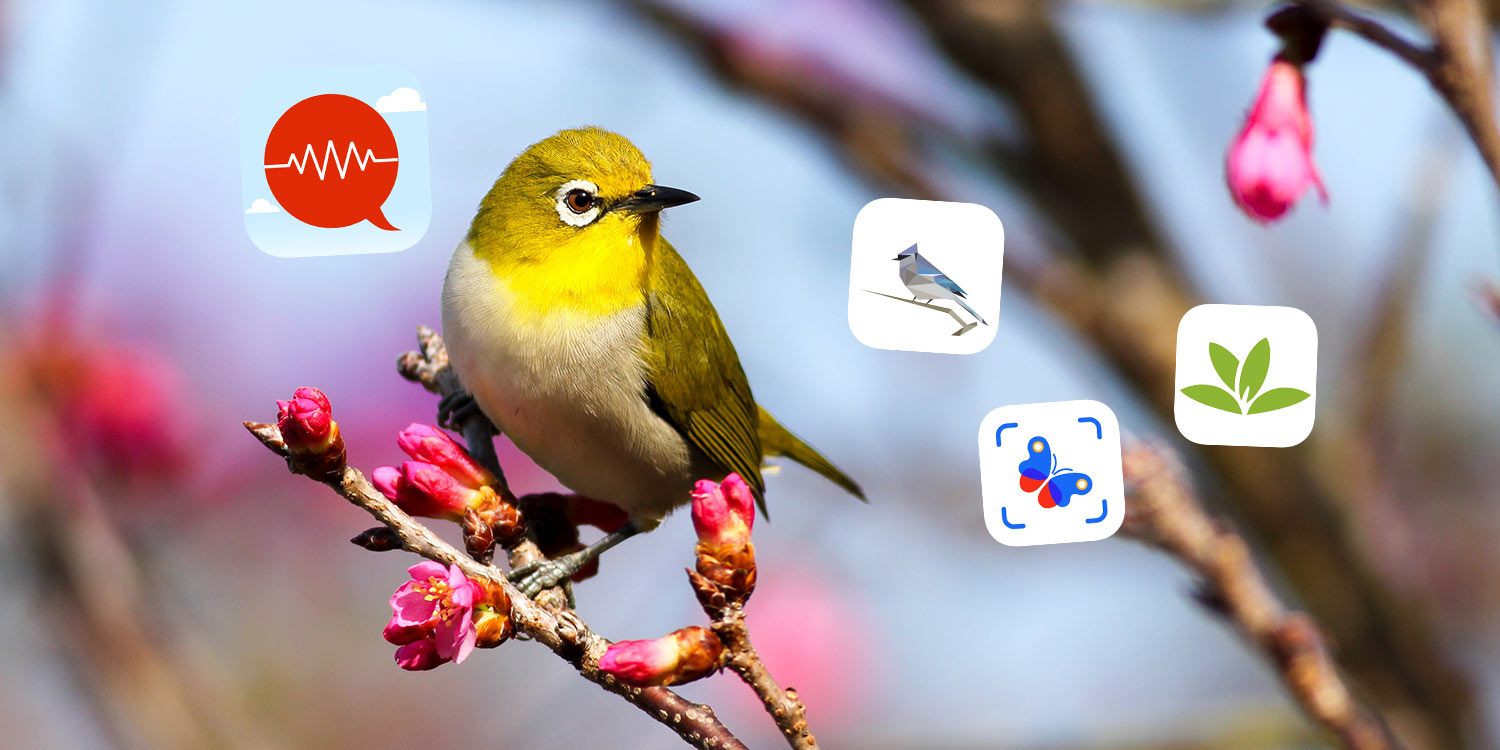From birdsong to plant life, use your iPhone to understand more about the world around you
Shazam gave us a big ‘wow’ moment in the history of identification apps. Being able to hold your iPhone aloft and it tell you the name of a song being played nearby was astonishing when you first experienced it.
Since then, we have seen further evolution in apps that can recognize objects and even colors by using a combination of iPhone sensors, imagery, databases and machine learning.
This round-up digs into identification apps for the natural world, with four products that can help you discover which birds are twittering in the trees, and whether bugs and plants lurking nearby are anything to be concerned about.
ChirpOMatic (price $3.99/£3.49)

Shazam for birdsong? Yep. ChirpOMatic makes things simple, giving you a red button to press when you hear nearby feathered friends making a racket. A few seconds later, you’ll get a set of matches.
In each case, you can dig into a menu that provides a brief overview of a chosen bird – and a snippet of birdsong to help you confirm a match. Smartly, a bird-safe mode stops nearby birds being bothered when playing back these snippets.
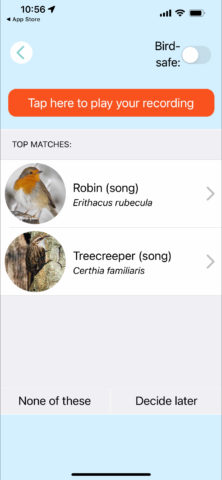
It’s worth noting that ChirpOMatic is regional, and so make sure you buy the right version for your location. Also, we found it tends to hedge its bets a little in terms of results; still, this app’s ease of use and friendly nature makes it a good option for when you want to identify birdsong with ease.
BirdNET (free)
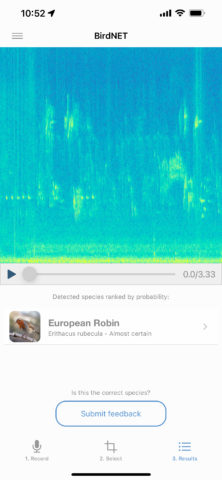
This birdsong app affords you precision in recording and analysis. Hit record and it starts capturing sounds, with birdsong shown as bright green blobs on a blue background. You can at any point select a portion of your recording for analysis, making it easier to pick out specific birdsong than with ChirpOMatic’s more ‘hit and hope’ approach.
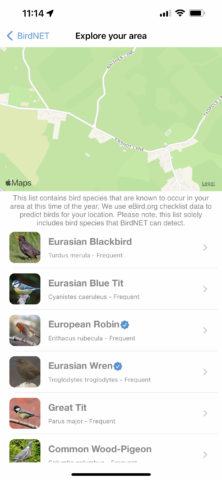
When BirdNET serves up its list, tapping a bird opens its Wikipedia entry, but you can also dig into Macaulay Library and eBird, which focus more on imagery and sound. Tap the hamburger menu and you gain access to a list of birds known to occur in your area at the current time of year, along with your observations list. Given the app’s accuracy – best in kind, during our tests – BirdNET is a generous freebie.
Picture Insect: Bug Identifier (free + IAP)
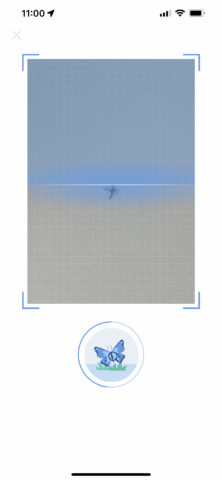
Shazam for bugs? Sort of. Since most bugs don’t make enough noise for a mic to pick up, Picture Insect relies on you snapping what’s nearby. Your photo is then compared with the app’s database, so you can decide whether that spider dangling above your head will devour your brains overnight, or if that stripy menace lurking on a nearby tree is the kind that stings for fun.

At least, that’s the theory. In reality, we found Picture Insect variable when it came to identifying bugs. A good photo helps, but even then it can be hit or miss. There’s also a subscription nag, although you can close it and seemingly continue to use the app as-is indefinitely. Picture Insect is perhaps not one for life-or-death scenarios, then; but it’s worth grabbing to add an extra layer when bug-spotting.
Get Picture Insect: Bug Identifier
PlantNet (free)
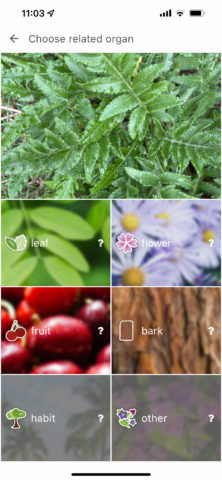
Unless the world’s about to go all Little Shop of Horrors, you won’t get plants to sing so you can identify them. Again, then, we’re in reverse image-search territory here, with you shooting a photo and having the app figure out what it is.
During testing, we found the app accurate. In part, this is down to plants helpfully not moving much when you take a photo. But also, the app asks you what ‘organ’ you’ve snapped (leaf; flower; fruit; bark; habit; other) to immediately help narrow your search.

Results lists are essentially photo sets ordered by probability. Confirm a match and you can add further details and comments that can later be revised and edited in your observations list. It’s also possible to sign-up for an account and share your findings with the world – but PlantNet works perfectly well as a purely solo pursuit.
